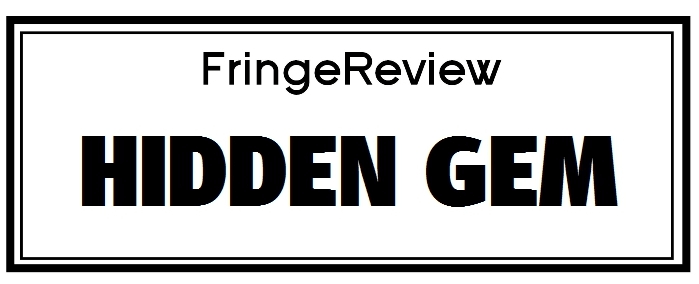Brighton Year-Round 2022
Chapel Royal Luca Luciano in Concert Clarinet/Piano Recital
Luca Luciano and Yuki Osedo

Genre: Live Music
Venue: Chapel Royal, North Road, Brighton
Festival: Brighton Year-Round
Low Down
Luca Luciano and Yuki Osedo play Brahms Clarinet Sonata No. 1 F minor Op 120/1, Luciano’s own Clarinet Sonata No. 3, Neapolis ad Fragment 2.
Review
Though clarinetist Luca Luciano loves returning to Brighton, it’s still a special occasion. A single clarinet spiralling its sonics through a church acoustic is thrilling, combed through with the piano of Yuki Osedo. Today’s a particularly rich combo too: Brahms and Luciano himself.
The Brahms Clarinet Sonata in F minor Op 120/1 is the first of the two last clarinet works Brahms wrote for Richard Mühlfeld, one of those trio of clarinetists who inspired Mozart, Weber and Brahms by turns – in this case bringing Brahms out of premature retirement.
It’s a powerful, almost tragic piece, echoing the great Clarinet Quinte tin B minor Op 115, but that’s not the whole story. Luciano and Osedo tackle the headwind of dense chromaticism and hefty piano-writing (does this baby grand love Brahms? Moot point) plainly buffeting the melodies in the opening Allegro appassionato with its whooping angst and dark woody lyricism, emphatic chords and dramatic scena feel. This gives way to the most delicate Andante un poco adagio – and it does drift into adagio territory. Here the sheer lucidity of regret articulates itself gently, a leave-taking of infinite melismas.
The Allegretto gracioso that functions as a scherzo is bouncy, chipper in mood, Brahms playing a joke in his hiking boots. Its emphatic tied-note and octave-drop for the third seems a drinking song at a tavern, perhaps closest in mood to the finale of the Piano Concerto No. 2. But it’s not the end. And this is the trip-up. A Vivace wholly dispels either dramatic scena or regret, in this doubling-down of joy that gusts into the emphatic territory of the opening, but finishing with a whoop in the major and perfect attunement from Osedo.
Luciano’s more recognised now as a composer, and his Clarinet Sonata No. 3 which hardly lasts more than six minutes is a piece utilising advances techniques, but not one might add obvious modernist ones that you’d detect through the melodic envelope which is essentially lyrical, inflecting jazz, world music and mid-century Italian composers. It’s certainly melodic, the world of Luigi Dallapiccola perhaps threads its way through this piece too, as well as perhaps Goffredo Petrassi an inevitably the playful, protean ever-present Luciano Berio, whom Luciano quotes and references in other works.
The Greeks had a name for Luciano’s home city, the city that ruled a kingdom. Luciano’s Neapolis rather smiles at Luciano Berio’s famous Sequenzas and echoes other composers perhaps, certainly jazz: world music or his own. Neapolis in fact allows Luciano to determine a phrase then put it through a laid-down process, so it’s different every time. It’s thrilling stuff, stratospheric and earthy at the turn of a phrase. But it’s also quiet, and ends in a fade and question-mark.
Luciano’s Fragment 2 is a short gently-extended technique piece – less overtones and blowings as in Fragment 6, more broken, Bergian melodies dying out in 60 seconds of fascination and really searching music. A master, Luciano will return, solo or hopefully too with Osedo as a duo, who’s so completely at one with him in the piano-writing.


















































